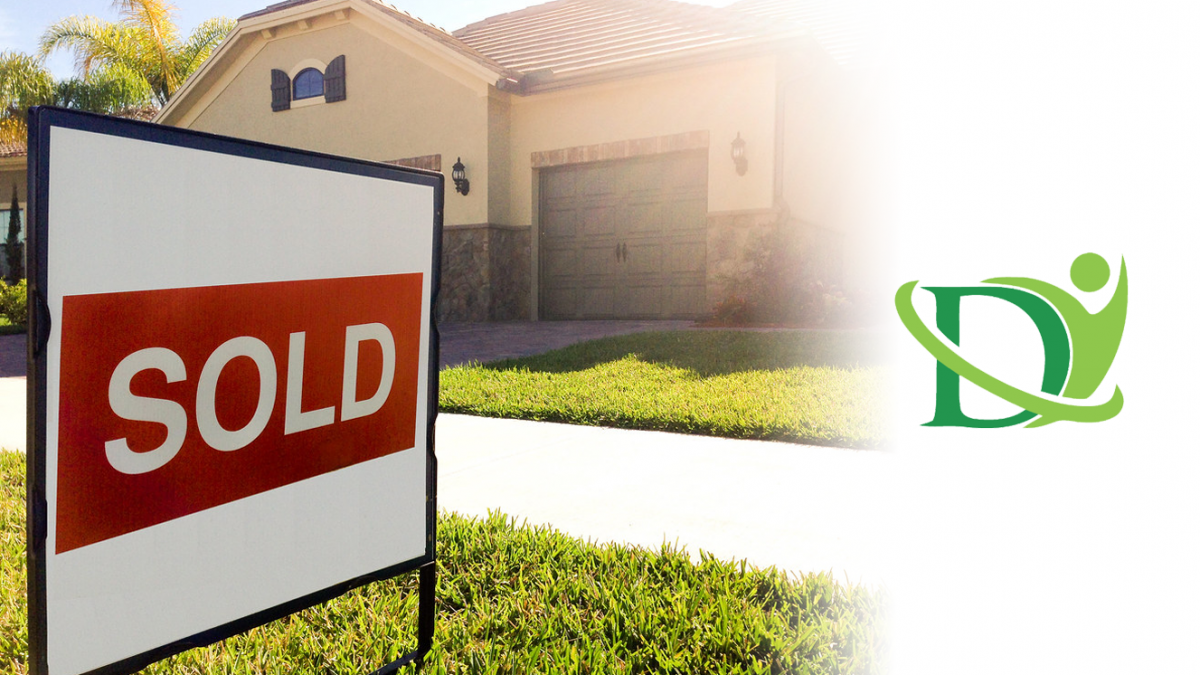
Debt Relief 101 – 5 Tips For Those Living Paycheck to Paycheck
January 20, 2020
4 Signs of Out-Of-Control Debt on Credit Cards
January 30, 2020Any homeowner taking a look at their monthly bills might feel at a loss when they see the debt they’re spending on. While debt carries a bad tone to it, not all debt is of sinister intent. Some debt is seen favourably, maybe not by the homeowner, but by lenders.
With that said, when deciding to get out of debt, it is vital to figure out which ones are bad and which ones are good. Then, you can aim your efforts to get rid of the right debt: the bad debt.
Here are the differences between good and bad debt:
Good Debt
Good debt is an investment that promises greater returns in the long run. For example, investments made in homes might incur a debt on the person investing in it. Still, that person also knows the home will increase in value over the years and contribute to the overall financial health of the individual. In the case of homes, that’s the mortgage loan to pay for the investment.
Another example would be a student taking a student loan to finance his or her education. That education will lead to jobs that will allow the individual to earn money over their lifetime.
In other words, good debt is like an investment made on something that promises a return that’s greater than the original value.
Bad Debt
Bad debt is an investment in items that are to be consumed. It is usually made on things that hurt the financial health of an individual. For example, a credit card can be considered bad debt because it is commonly used for consumable items. Because of this, it is highly recommended that anyone should avoid purchasing commodities like food and clothes with a credit card. However, the only time this might be viable is if the individual is trying to earn a reward.
Debt used to finance outings, such as holiday destinations, is also considered a bad debt. While it might make the individual feel better, it won’t be doing anything useful in terms of financial health. That vacation does not increase in value, let alone money back.
Simply put, bad debt is debt incurred from paying for items that are consumed with no benefit to the financial status of an individual.
Making the Right Decisions
Everyone should be doing their best to ensure only good debts. Excellent decision-making skills are vital to do that. As used by the previous example, decisions such as taking out a student loan to further education to earn more money are considered good debt. However, this loan mustn’t be taken out for the sole purpose of incurring good debt only. In other words, it should have a purpose.
The other side of decision-making includes which debts to pay off first. Bad debts should always be prioritized since they provide little to no value financially. For example, if an individual has to choose between paying off a credit card and a student loan, the credit card should be the priority. That way, most of the debt that’s left is good debt.
Bottom Line
While bad debt should be prioritized when it comes to paying debts off, it is always a good idea to try to avoid incurring bad debt to begin with. Additionally, always remember that it is a bad idea to pay off debt with more debt. It only worsens the problem and would leave anyone in a worse situation if not planned well. With that said, while good debt might promise good returns, it is still vital that it is kept to a minimum. After all, debt is still debt, and it has to be paid off.
If you’re looking to learn more debt relief solutions, DebtHelpers.ca is your best option. Get in touch with us today to see how we can help.

